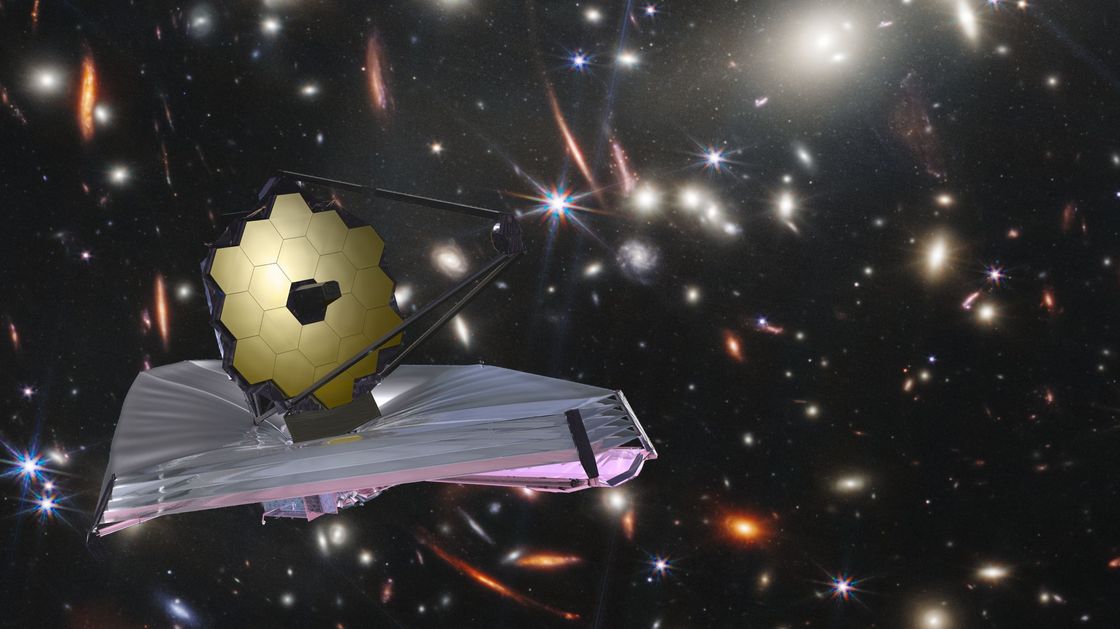The Emergence of Galaxies and their Supermassive Black Holes as Seen by JWST in Concert with other Observatories
WE-Heraeus-Symposium
10 Nov 2022
Where:
Berlin Brandenburgische Akademie der Wissenschaften, Berlin
Scientific organizers:
Prof. Dr. Matthias Steinmetz, Leibniz-Institut für Astrophysik Potsdam • Prof. Dr. Günther Hasinger, ESA Madrid

The James Webb Space Telescope (JWST) with its 6.5m mirror will be the prime space-based observing platform for astronomers in the coming decades. After more than 25 years of preparation and construction, JWST was successfully launched on Christmas day 2021 and is approaching its full science operation capability. With the progress in commissioning, the focus is now shifting to the science exploitation of the unique capabilities of JWST. Studying the emergence of the galaxy population and its supermassive black holes from the “dark ages” to the present epoch is one of the main science cases for JWST. However, such studies can only unfold their full potential, if they are properly combined with other wavelength studies thus employing a whole array of leading facilities - in operation and under construction – ground based as well as space missions.
The symposium intends to take the start of the JWST science programme as an opportunity to have a holistic view on the field of galaxy evolution and some of its driving facilities presented by some of the leading researchers in the field. The focus is put on facilities in operation and under construction, but the symposium will also give a first look what is being anticipated for the next decade.

